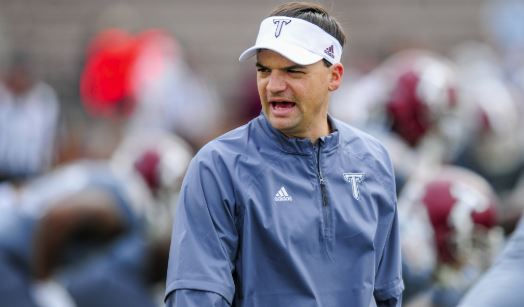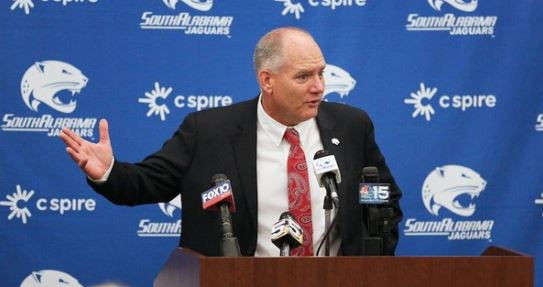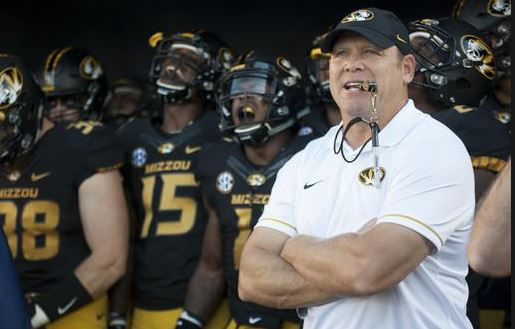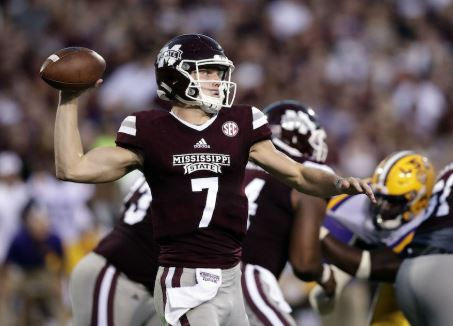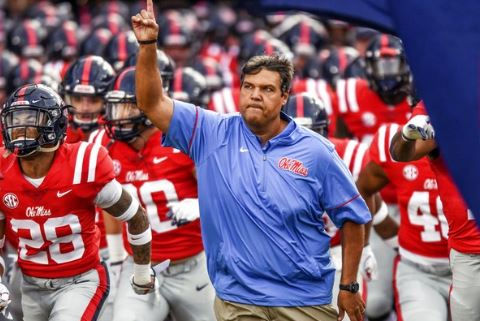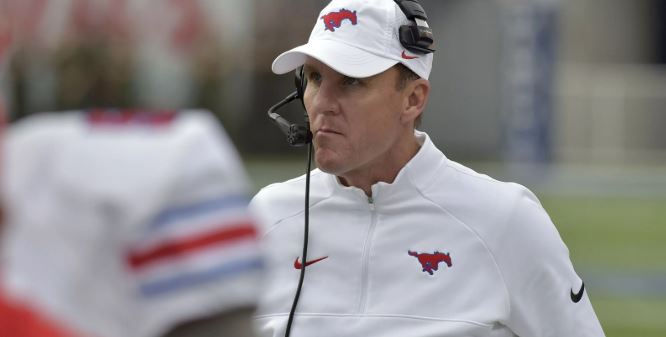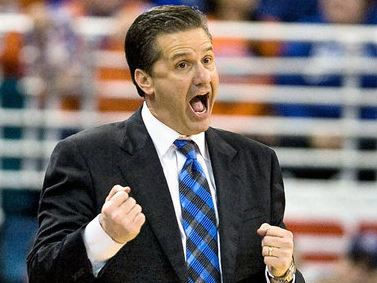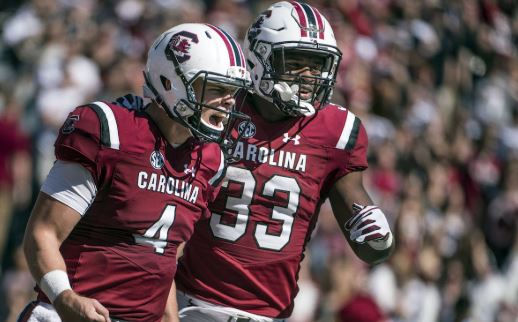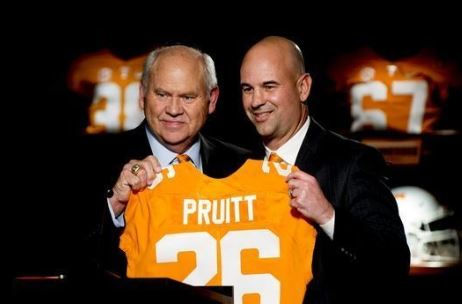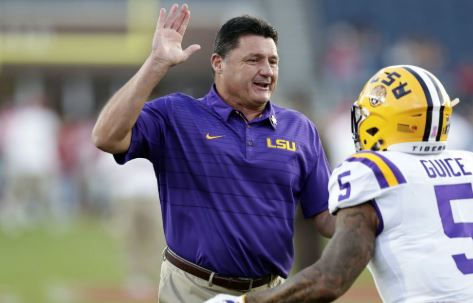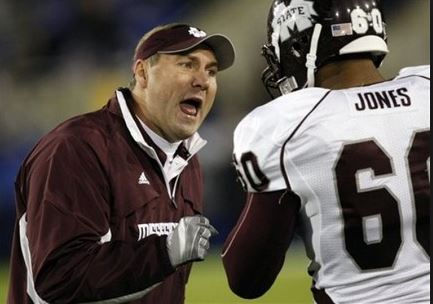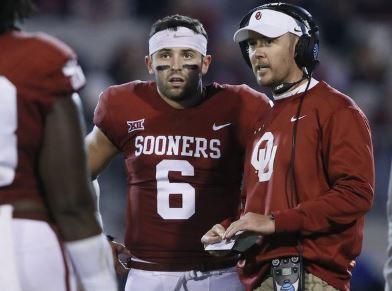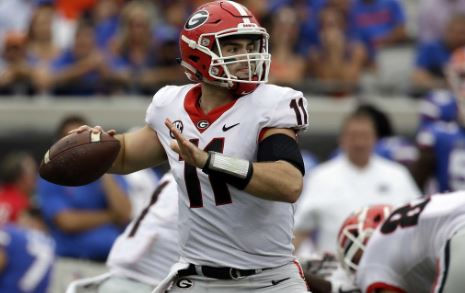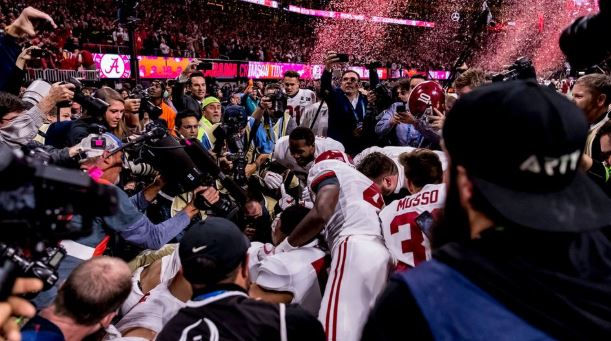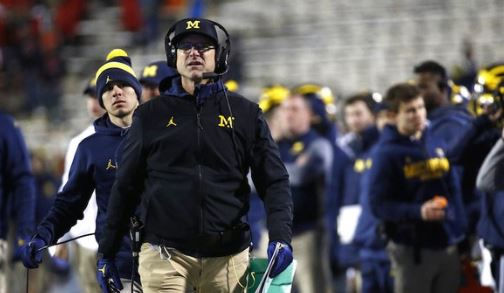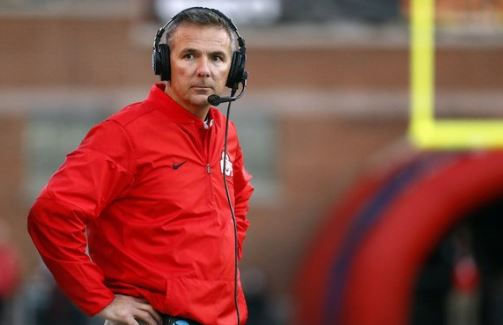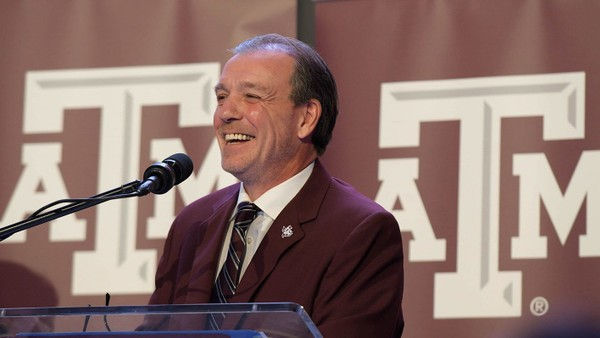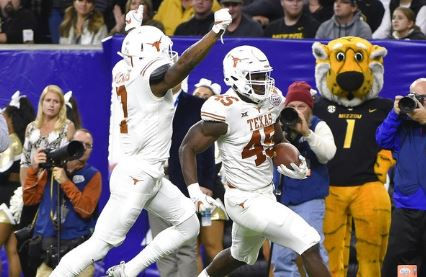G
Google News
PULLMAN, Wash. – A few weeks before the football season last August, a Washington State University vice president sent an urgent message to the athletic director.
The topic was deficit spending in the athletic department, which had ballooned to a cumulative debt to the university of $67 million.
“Understand the magnitude of the problem,” WSU vice president Stacy Pearson wrote in an e-mail to Bill Moos, WSU’s athletic director last year. “Athletics has by far the largest cumulative deficit than all other campus areas combined. … The entire University has to work to reduce this deficit, and it can't be done if Athletics continues to spend millions into deficit each year. I obviously have come to understand your challenges, but you simply must make progress to reduce these deficits.”
Moos responded by forwarding the message and asking for a meeting with their boss, WSU President Kirk Schulz.
“Let's meet,” Schulz replied. “As you are aware, the university is simply running out of money and we have lost virtually (all) of our financial flexibility. I delivered a similar message to the medical school.”
The messages were obtained by USA TODAY Sports as part of a public-records request and are part of an ongoing financial drama that has unfolded in some parts of major college sports – not just at Washington State, but at other schools that might be described as the underclass of the upper class. Besides WSU, these include the University of California and other Power 5 conference institutions that have dug their own holes and struggled to avoid getting buried in them.
They are not broke. They simply overspent their means by tens of millions as they tried to keep up with their richer rivals in coaches’ pay and opulent facilities. And though such pressure to compete is nothing new, their deficit spending and subsidies have accelerated to unprecedented heights since 2011, even as their collective revenues have shot up by nearly 50% since then, largely because of lucrative television and media contracts.
Their problem is a bit of a paradox.
More money, more problems
These schools make more money than ever. Since they began emerging from the Great Recession in fiscal year 2011, their combined revenue has rocketed from $5.6 billion to $8.3 billion in 2017, not adjusted for inflation. That's according to data for the 108 public schools tracked by USA TODAY Sports in the Football Bowl Subdivision (FBS), in partnership with Syracuse University’s S.I. Newhouse School of Public Communications.
Yet instead of being financially relieved by this revenue boom, 18 of them burned through it and still posted annual deficits of more than $1 million in fiscal year 2017, compared to seven at that level in 2011. WSU athletics has run deficits for seven straight years, drawing scrutiny from state legislators.
“Where does it end?” Washington state Sen. Andy Billig asked USA TODAY Sports. “If the argument is, 'We’ve got to keep up and be competitive,’ should we spend $100 million? Should we spend $200 million? At what point do you say, 'Yes, we want to keep up, but it’s not financially feasible?' "
Schulz, who arrived at WSU in 2016, predicts that point is coming soon. “We spent a whole lot of money, and we spent it really quick,” he told USA TODAY Sports. “There wasn’t great financial planning down around some of that, so obviously we’re in a situation where we’ve got to get ourselves back in the black.”
WSU still is arguably more financially conservative than others. In 2017, 12 other FBS public schools used $25 million or more in subsidies from student fees or other university support to help balance the budget, compared to three in 2011.
• Rutgers ranked first in the Power 5 with $33.1 million in subsidies, including $11.8 million from student fees. Rutgers’ deficit still was $2.3 million – even with those subsidies counted as revenue.
• By contrast, WSU’s deficit was $7.5 million in 2017 after receiving $5.3 million in subsidies.
Even so, the Cougars are running up such a big cumulative deficit that they likely will need a bigger university bailout in the future. WSU even hopes to convince students to approve a fee increase to fund athletics, up from the current $25 per student per semester to fund its football stadium renovation.
But that sales pitch won’t be made by Moos, who left his alma mater for greener pastures at Nebraska two months after that e-mail exchange.
The 'Stone Ages'
Arguably no other job in major college sports is more difficult than Patrick Chun’s.
After being hired in January to replace Moos, Chun is the new athletic director at WSU, a chronic underdog whose revenue in athletics ranks lowest by far among all public schools in the Power 5 conferences at $64.3 million in fiscal 2017.
His new campus is 250 miles from Seattle, the nearest big city.
And the department deficit problem he inherited is projected to be even worse than those e-mails described last year – $85 million in debt to the university by 2023. That debt was rung up largely because of spending increases in coaching pay and facilities for football – namely $130 million to renovate the football stadium and build a five-story football headquarters.
“He took this place out of the Stone Ages,” Chun said of Moos and the spending he pushed to modernize Cougar athletics.
Moos said “everybody was fully aware” of the debt WSU was taking on with these investments at the time, including the state legislature and WSU regents. “It’s like somebody woke up in the middle of the night and said 'I’m shocked. I’m shocked that we have a deficit,’ ” Moos told USA TODAY Sports. If WSU hadn't invested like this, he said the Cougars “would have been left in the dust.”
These investments have made returns. Total revenue is up from $40 million in 2011, when it still ranked second-lowest among public schools in the Power 5. Football wins are up, too. WSU previously paid head coach Paul Wulff $600,000 annually before he was fired in 2011 with a record of 9-40. This year, WSU will pay $3.5 million to head coach Mike Leach, who has led the Cougars to three straight winning seasons for the first time since 2001-03.
But the university expects that debt to be paid back. WSU’s deficit spending in athletics has siphoned from the tank of university reserves – money that could be used for other purposes as it looks to cut spending across campus.
The big question is how to replenish it. WSU ranks last in revenue in large part because it simply doesn’t have the donor base and sales demand that rivals do near bigger cities. The University of Washington in Seattle reported $61.8 million in combined ticket sales and donations for athletics in 2017, nearly four times WSU’s $15.8 million.
The general strategy is that “more spending leads to more wins,” said David Berri, a sports economist and professor at Southern Utah. “No, it’s probably the other way around: If you win more, you’ll have more revenue and can spend more money. That’s why we end up with this.”
Despite gains on the gridiron at WSU, expenses still surpassed revenue to the point that the state legislature stepped in this year and required that state college governing boards must approve plans to reduce deficits in their athletics departments.
Billig, the state legislator from Spokane, sponsored the bill after noticing the situation at WSU.
“Funds that otherwise could (have) been used to support main campus activities were being used to cover athletic deficits,” Billig said. “It really kind of caught our attention. As we dug further, it just became clear there was a need for greater transparency and accountability.”
The Cal Bears arrived at a similar conclusion earlier this year.
'A last resort’
Only Cal had a bigger annual deficit in athletics than WSU over the past two years among 230 public schools in Division I – $21.7 million in 2016 and $16 million in 2017.
Both compete in the Pac-12 Conference, where members eagerly spent the increased revenue-sharing payouts they received from the league just five to seven years ago. But then that outlook dimmed.
The league’s television venture, the Pac-12 Networks, has fallen short of revenue expectations amid distribution challenges. In the next five years, the Pac-12 is even projected to rank last in the Power 5 in payouts per school – around $35 million, compared to more than $51 million in the Big Ten. These payouts provide about half of WSU’s total revenue.
“We’ve probably all put ourselves in the position where we’re always looking for that next biggest thing, and that means you probably spend more than you should,” said Schulz, who previously served as chairman of the NCAA board of governors and president of Kansas State. “And I think we’ve reached the point where frankly some of that spending is going to plateau because there aren’t huge new piles of revenue that are going to come into those schools. So you better live within your means or find alternative ways to fund your ambitions.”
At Cal, Chancellor Carol Christ set 2020 as a deadline to balance the athletics budget. Cal also lifted enormous pressure by announcing the university would cover millions in debt stemming from the seismic retrofit of the football stadium.
Other options are on the table, too.
“Cutting sports, or transitioning them to club status, should be a last resort,” Christ wrote in a letter to Cal supporters in March.
Cal sponsors 29 sports, giving it more expenses but also more leeway than many others with smaller departments, including WSU, which only sponsors 17.
Less than 10 miles east of the WSU campus, the Idaho Vandals recently weighed a similar problem and decided to downgrade in football. They have a much smaller budget in athletics, with $23.8 million in total revenue in 2017, fed by $13.3 million in subsidies. They determined it wasn’t enough to compete in the FBS after losing their league affiliation. So this year they will move down to the Football Championship Division, a less glamorous level with fewer expenses.
By contrast, to balance its budget, WSU does not plan to cut sports, coaches’ pay, administrative pay, recruiting or scholarships. Quite the contrary.
'Four non-stops a day’
WSU is looking plans to do the opposite – increasing overall spending in athletics every year through 2023, according to its budget plan.
In the meantime, Chun and Schulz aim to close the gap in large part with increases in ticket sales, student fees and donations. They are banking on a $3 million increase in ticket sales by 2023 and a $2.5 million increase in donations – a fundraising feat that will require Chun to make regular plane trips to Seattle, where the university has a residence to assist in such efforts.
“There are four non-stops a day,” said Chun, who previously was the athletic director at Florida Atlantic. “It’s an easy commute.”
Schulz acknowledges WSU’s revenue projections are optimistic. In football, the Cougars are in a particularly difficult transition period after their top returning quarterback died by suicide in January. Six of Leach’s assistant coaches also left to join teams that offered more resources.
But it’s not all about the bottom line. Schulz has offered other justifications for this kind of spending, such as how Pac-12 membership boosts the economy of Pullman and builds the “WSU brand.”
Berri, the sports economist, sees other reasons for rosy forecasts and deficit spending in college sports. He said decision makers are spending other people’s money and have little incentive to trim costs in order to turn a “profit,” unlike regular businesses. Fiscal conservatism instead is outweighed by political pressures to keep up in big-time college sports and retain popular coaches. The same decision makers also often don’t stick around very long as they pursue better jobs, sometimes leaving town a few steps ahead of the thunderclouds.
“How long does a typical athletic director stay at the same school?” Berri asked. “Are they going to still be here when this (debt) comes (due)? Probably not. This is going to be somebody else’s problem.”
Is overspending catching up to these Power 5 schools?
The topic was deficit spending in the athletic department, which had ballooned to a cumulative debt to the university of $67 million.
“Understand the magnitude of the problem,” WSU vice president Stacy Pearson wrote in an e-mail to Bill Moos, WSU’s athletic director last year. “Athletics has by far the largest cumulative deficit than all other campus areas combined. … The entire University has to work to reduce this deficit, and it can't be done if Athletics continues to spend millions into deficit each year. I obviously have come to understand your challenges, but you simply must make progress to reduce these deficits.”
Moos responded by forwarding the message and asking for a meeting with their boss, WSU President Kirk Schulz.
“Let's meet,” Schulz replied. “As you are aware, the university is simply running out of money and we have lost virtually (all) of our financial flexibility. I delivered a similar message to the medical school.”
The messages were obtained by USA TODAY Sports as part of a public-records request and are part of an ongoing financial drama that has unfolded in some parts of major college sports – not just at Washington State, but at other schools that might be described as the underclass of the upper class. Besides WSU, these include the University of California and other Power 5 conference institutions that have dug their own holes and struggled to avoid getting buried in them.
They are not broke. They simply overspent their means by tens of millions as they tried to keep up with their richer rivals in coaches’ pay and opulent facilities. And though such pressure to compete is nothing new, their deficit spending and subsidies have accelerated to unprecedented heights since 2011, even as their collective revenues have shot up by nearly 50% since then, largely because of lucrative television and media contracts.
Their problem is a bit of a paradox.
More money, more problems
These schools make more money than ever. Since they began emerging from the Great Recession in fiscal year 2011, their combined revenue has rocketed from $5.6 billion to $8.3 billion in 2017, not adjusted for inflation. That's according to data for the 108 public schools tracked by USA TODAY Sports in the Football Bowl Subdivision (FBS), in partnership with Syracuse University’s S.I. Newhouse School of Public Communications.
Yet instead of being financially relieved by this revenue boom, 18 of them burned through it and still posted annual deficits of more than $1 million in fiscal year 2017, compared to seven at that level in 2011. WSU athletics has run deficits for seven straight years, drawing scrutiny from state legislators.
“Where does it end?” Washington state Sen. Andy Billig asked USA TODAY Sports. “If the argument is, 'We’ve got to keep up and be competitive,’ should we spend $100 million? Should we spend $200 million? At what point do you say, 'Yes, we want to keep up, but it’s not financially feasible?' "
Schulz, who arrived at WSU in 2016, predicts that point is coming soon. “We spent a whole lot of money, and we spent it really quick,” he told USA TODAY Sports. “There wasn’t great financial planning down around some of that, so obviously we’re in a situation where we’ve got to get ourselves back in the black.”
WSU still is arguably more financially conservative than others. In 2017, 12 other FBS public schools used $25 million or more in subsidies from student fees or other university support to help balance the budget, compared to three in 2011.
• Rutgers ranked first in the Power 5 with $33.1 million in subsidies, including $11.8 million from student fees. Rutgers’ deficit still was $2.3 million – even with those subsidies counted as revenue.
• By contrast, WSU’s deficit was $7.5 million in 2017 after receiving $5.3 million in subsidies.
Even so, the Cougars are running up such a big cumulative deficit that they likely will need a bigger university bailout in the future. WSU even hopes to convince students to approve a fee increase to fund athletics, up from the current $25 per student per semester to fund its football stadium renovation.
But that sales pitch won’t be made by Moos, who left his alma mater for greener pastures at Nebraska two months after that e-mail exchange.
The 'Stone Ages'
Arguably no other job in major college sports is more difficult than Patrick Chun’s.
After being hired in January to replace Moos, Chun is the new athletic director at WSU, a chronic underdog whose revenue in athletics ranks lowest by far among all public schools in the Power 5 conferences at $64.3 million in fiscal 2017.
His new campus is 250 miles from Seattle, the nearest big city.
And the department deficit problem he inherited is projected to be even worse than those e-mails described last year – $85 million in debt to the university by 2023. That debt was rung up largely because of spending increases in coaching pay and facilities for football – namely $130 million to renovate the football stadium and build a five-story football headquarters.
“He took this place out of the Stone Ages,” Chun said of Moos and the spending he pushed to modernize Cougar athletics.
Moos said “everybody was fully aware” of the debt WSU was taking on with these investments at the time, including the state legislature and WSU regents. “It’s like somebody woke up in the middle of the night and said 'I’m shocked. I’m shocked that we have a deficit,’ ” Moos told USA TODAY Sports. If WSU hadn't invested like this, he said the Cougars “would have been left in the dust.”
These investments have made returns. Total revenue is up from $40 million in 2011, when it still ranked second-lowest among public schools in the Power 5. Football wins are up, too. WSU previously paid head coach Paul Wulff $600,000 annually before he was fired in 2011 with a record of 9-40. This year, WSU will pay $3.5 million to head coach Mike Leach, who has led the Cougars to three straight winning seasons for the first time since 2001-03.
But the university expects that debt to be paid back. WSU’s deficit spending in athletics has siphoned from the tank of university reserves – money that could be used for other purposes as it looks to cut spending across campus.
The big question is how to replenish it. WSU ranks last in revenue in large part because it simply doesn’t have the donor base and sales demand that rivals do near bigger cities. The University of Washington in Seattle reported $61.8 million in combined ticket sales and donations for athletics in 2017, nearly four times WSU’s $15.8 million.
The general strategy is that “more spending leads to more wins,” said David Berri, a sports economist and professor at Southern Utah. “No, it’s probably the other way around: If you win more, you’ll have more revenue and can spend more money. That’s why we end up with this.”
Despite gains on the gridiron at WSU, expenses still surpassed revenue to the point that the state legislature stepped in this year and required that state college governing boards must approve plans to reduce deficits in their athletics departments.
Billig, the state legislator from Spokane, sponsored the bill after noticing the situation at WSU.
“Funds that otherwise could (have) been used to support main campus activities were being used to cover athletic deficits,” Billig said. “It really kind of caught our attention. As we dug further, it just became clear there was a need for greater transparency and accountability.”
The Cal Bears arrived at a similar conclusion earlier this year.
'A last resort’
Only Cal had a bigger annual deficit in athletics than WSU over the past two years among 230 public schools in Division I – $21.7 million in 2016 and $16 million in 2017.
Both compete in the Pac-12 Conference, where members eagerly spent the increased revenue-sharing payouts they received from the league just five to seven years ago. But then that outlook dimmed.
The league’s television venture, the Pac-12 Networks, has fallen short of revenue expectations amid distribution challenges. In the next five years, the Pac-12 is even projected to rank last in the Power 5 in payouts per school – around $35 million, compared to more than $51 million in the Big Ten. These payouts provide about half of WSU’s total revenue.
“We’ve probably all put ourselves in the position where we’re always looking for that next biggest thing, and that means you probably spend more than you should,” said Schulz, who previously served as chairman of the NCAA board of governors and president of Kansas State. “And I think we’ve reached the point where frankly some of that spending is going to plateau because there aren’t huge new piles of revenue that are going to come into those schools. So you better live within your means or find alternative ways to fund your ambitions.”
At Cal, Chancellor Carol Christ set 2020 as a deadline to balance the athletics budget. Cal also lifted enormous pressure by announcing the university would cover millions in debt stemming from the seismic retrofit of the football stadium.
Other options are on the table, too.
“Cutting sports, or transitioning them to club status, should be a last resort,” Christ wrote in a letter to Cal supporters in March.
Cal sponsors 29 sports, giving it more expenses but also more leeway than many others with smaller departments, including WSU, which only sponsors 17.
Less than 10 miles east of the WSU campus, the Idaho Vandals recently weighed a similar problem and decided to downgrade in football. They have a much smaller budget in athletics, with $23.8 million in total revenue in 2017, fed by $13.3 million in subsidies. They determined it wasn’t enough to compete in the FBS after losing their league affiliation. So this year they will move down to the Football Championship Division, a less glamorous level with fewer expenses.
By contrast, to balance its budget, WSU does not plan to cut sports, coaches’ pay, administrative pay, recruiting or scholarships. Quite the contrary.
'Four non-stops a day’
WSU is looking plans to do the opposite – increasing overall spending in athletics every year through 2023, according to its budget plan.
In the meantime, Chun and Schulz aim to close the gap in large part with increases in ticket sales, student fees and donations. They are banking on a $3 million increase in ticket sales by 2023 and a $2.5 million increase in donations – a fundraising feat that will require Chun to make regular plane trips to Seattle, where the university has a residence to assist in such efforts.
“There are four non-stops a day,” said Chun, who previously was the athletic director at Florida Atlantic. “It’s an easy commute.”
Schulz acknowledges WSU’s revenue projections are optimistic. In football, the Cougars are in a particularly difficult transition period after their top returning quarterback died by suicide in January. Six of Leach’s assistant coaches also left to join teams that offered more resources.
But it’s not all about the bottom line. Schulz has offered other justifications for this kind of spending, such as how Pac-12 membership boosts the economy of Pullman and builds the “WSU brand.”
Berri, the sports economist, sees other reasons for rosy forecasts and deficit spending in college sports. He said decision makers are spending other people’s money and have little incentive to trim costs in order to turn a “profit,” unlike regular businesses. Fiscal conservatism instead is outweighed by political pressures to keep up in big-time college sports and retain popular coaches. The same decision makers also often don’t stick around very long as they pursue better jobs, sometimes leaving town a few steps ahead of the thunderclouds.
“How long does a typical athletic director stay at the same school?” Berri asked. “Are they going to still be here when this (debt) comes (due)? Probably not. This is going to be somebody else’s problem.”
Is overspending catching up to these Power 5 schools?

